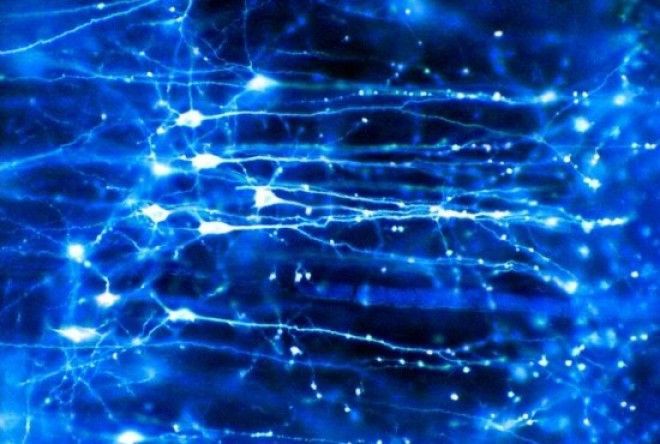
- In the latest research, 16 study participants were taught information about the diet and dwelling habits of eight extinct animals, in order to study the growth of the neural representations of these concepts in their brains. Drawing on the previous findings, the team predicted where this new knowledge would be stored.
- The team then used functional magnetic resonance imaging (fMRI) to monitor these concepts emerging in the brain, and found that each new concept developed its own “unique activation signature”. This allowed a computer program to effectively work out which of the eight animals a participant was thinking about at any given time — essentially allowing the scientists to read their minds.
- Interestingly, the animals with close similarities (such as habitat) had closely matched activation signatures, and once a property of an animal had been learned, it stayed intact in the brain even after new ones had been taught — providing a new insight into the neural durability of the things we learn.